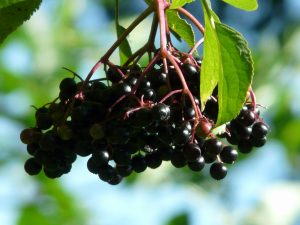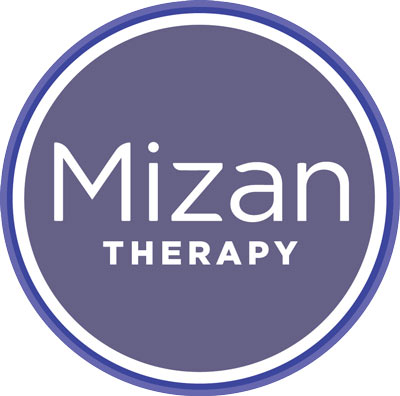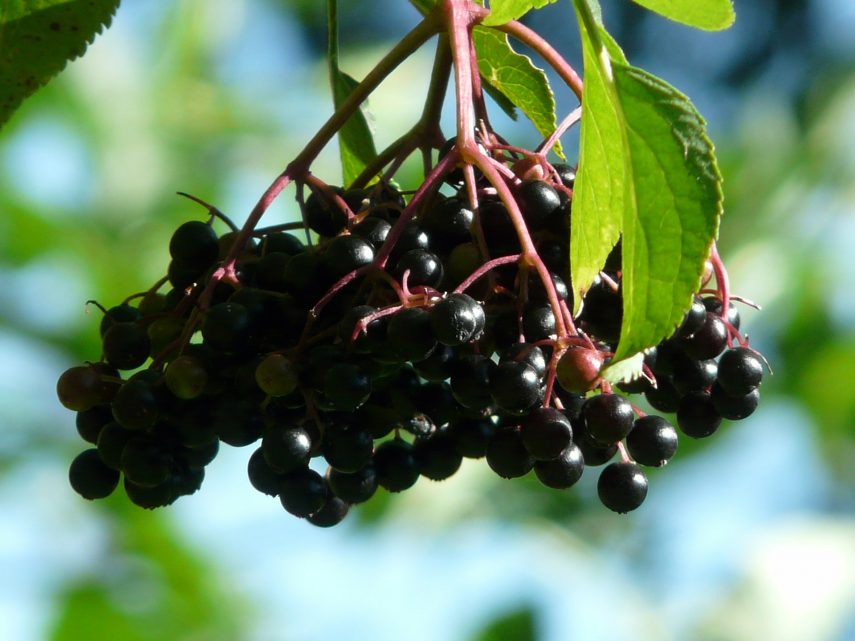How to Make Elderberry Syrup
 With the summer days rapidly becoming shorter, and a distinct feel of the impending autumn in the air, it’s time to make elderberry syrup again, which is a must-have in any natural cold and flu medicine cabinet.
With the summer days rapidly becoming shorter, and a distinct feel of the impending autumn in the air, it’s time to make elderberry syrup again, which is a must-have in any natural cold and flu medicine cabinet.
Elderberry syrup because very popular after a study showed it was able to inhibit the H1N1 virus1. It is now available at nearly every pharmacy and natural health store, but it’s very easy to make at home, providing you do it correctly, otherwise you may make an illness worse by causing nausea and vomiting.
The elderberry plant contains a cyanogenic glycoside sambunigrin that must be deactivated by heat prior to ingesting medicinally to avoid adverse effects. Also present is an alkaloid, sambucine that causes nausea and vomiting. If these are not deactivated they can cause harm.
This is one of the things I love about working with plants – transforming something harmful into something health enhancing.
So, what’s the correct way to make elderberry syrup?
First, ensure that you get organic elderberries from a reputable source. Next ensure that they are cooked sufficiently to eliminate the toxins. People have been hospitalised due to toxins remaining in elderberry syrup6.
To make safe and effective elderberry syrup, you will need:
100 g dried elderberries
Around 2 litres of filtered water
1 1/2 cups thick liquid sweetener
Soak the berries for 30-60 minutes with the water in a large saucepan. Place over medium heat and gradually bring to a boil, then reduce the heat to a simmer and cook for 45 minutes, stirring frequently. Do not cover the pot. It is crucial to cook them for this long to eliminate the cyanide-like toxins.
Remove from heat and cool to room temperature.
Strain the concentrated extract and measure the liquid. It should be approximately 2 cups. If you make it up to 2 cups by adding water; if you have more than two cups, continue boiling the mixture down.
You need to have 2 cups at this stage to ensure accurate dosing of the syrup.
Combine the elderberry liquid with the cup and a half of your preferred liquid sweetener, such as rice syrup. If you’re using honey, see below. Bring back to a boil and continue to boil for 10-30 minutes until the mixture is thick. Allow to cool slightly and pour into prepared bottles. Store in the refrigerator.
If you use honey, then you’ll need to boil the elderberry liquid alone for longer, then allow to cool to at least 40o and then stir in the honey. This is because the chemical structure of honey changes above this temperature and can cause problems, particularly in the gut.
Dosing
The average dose used in studies to treat viral infections is 15ml of syrup with 38% elderberry, 4 times a day for adults and the same amount at a 19% concentration for children.
Active infections: Adults: a full dose every 2-3 waking hours for up to 2-4 days.
Prevention: 1/35 of the above formula, 2-3 times a day.
Halve these doses for children.
The active components in elderberry do not remain long in the body, so frequent dosing is needed; for example, one dose a day will not be effective for prevention or treatment.
Homemade elderberry syrup that is not made to a formula has an unknown concentration of elderberry, so it’s not possible to dose precisely. This means that it may not be completely effective7.
Commercially prepared products are usually much less potent than those used in clinical studies.
What does the research say?
Research has shown that elderberries have a powerful effect on cold and flu symptoms and work by inhibiting viral replication2. This means it is best taken at the first sign of illness, or even after you’ve been around someone who is sick. It can also be taken prophylactically to prevent colds and flu – either during the autumn and winter months, or when travelling.
In a 2016 study, a study among travellers found that when elderberry supplementation was compared to placebo, it produced significant differences in overall health3. Those who took elderberry syrup experienced almost half the number of days of illness as well as half the severity than the placebo group.
A Norwegian study found that those given elderberry syrup within the first 48 hours of developing symptoms were over the flu an average of 4 days quicker than those with the placebo. Another outbreak in Panama showed 93% of the elderberry syrup group had improvements in just 2 days against 6 days in the control group. 4, 5.
References:
1. Roschek, B., Fink, R. C., McMichael, M. D., Li, D., & Alberte, R. S. (2009). Elderberry flavonoids bind to and prevent H1N1 infection in vitro. Phytochemistry, 70(10), 1255-1261. 6. Centers for Disease Control (CDC. (1984). Poisoning from elderberry juice–California. MMWR. Morbidity and mortality weekly report, 33(13), 173.
2. Kinoshita, E., Hayashi, K., Katayama, H., Hayashi, T., & Obata, A. (2012). Anti-influenza virus effects of elderberry juice and its fractions. Bioscience, biotechnology, and biochemistry, 76(9), 1633-1638.
3. Tiralongo, E., Wee, S. S., & Lea, R. A. (2016). Elderberry supplementation reduces cold duration and symptoms in air-travellers: A randomized, double-blind placebo-controlled clinical trial. Nutrients, 8(4), 182.
4. Zakay-Rones, Z., Varsano, N., Zlotnik, M., Manor, O., Regev, L., Schlesinger, M., & Mumcuoglu, M. (1995). Inhibition of several strains of influenza virus in vitro and reduction of symptoms by an elderberry extract (Sambucus nigra L.) during an outbreak of influenza B Panama. The Journal of Alternative and Complementary Medicine, 1(4), 361-369.
5. Zakay-Rones, Z., Thom, E., Wollan, T., & Wadstein, J. (2004). Randomized study of the efficacy and safety of oral elderberry extract in the treatment of influenza A and B virus infections.Journal of International Medical Research, 32(2), 132-140.
6. Centers for Disease Control (CDC. (1984). Poisoning from elderberry juice–California. MMWR. Morbidity and mortality weekly report, 33(13), 173.
7. Frank, T., Janssen, M., Netzel, G., Christian, B., Bitsch, I., & Netzel, M. (2007). Absorption and excretion of elderberry (Sambucus nigra L.) anthocyanins in healthy humans. Methods and findings in experimental and clinical pharmacology,29(8), 525-534.

